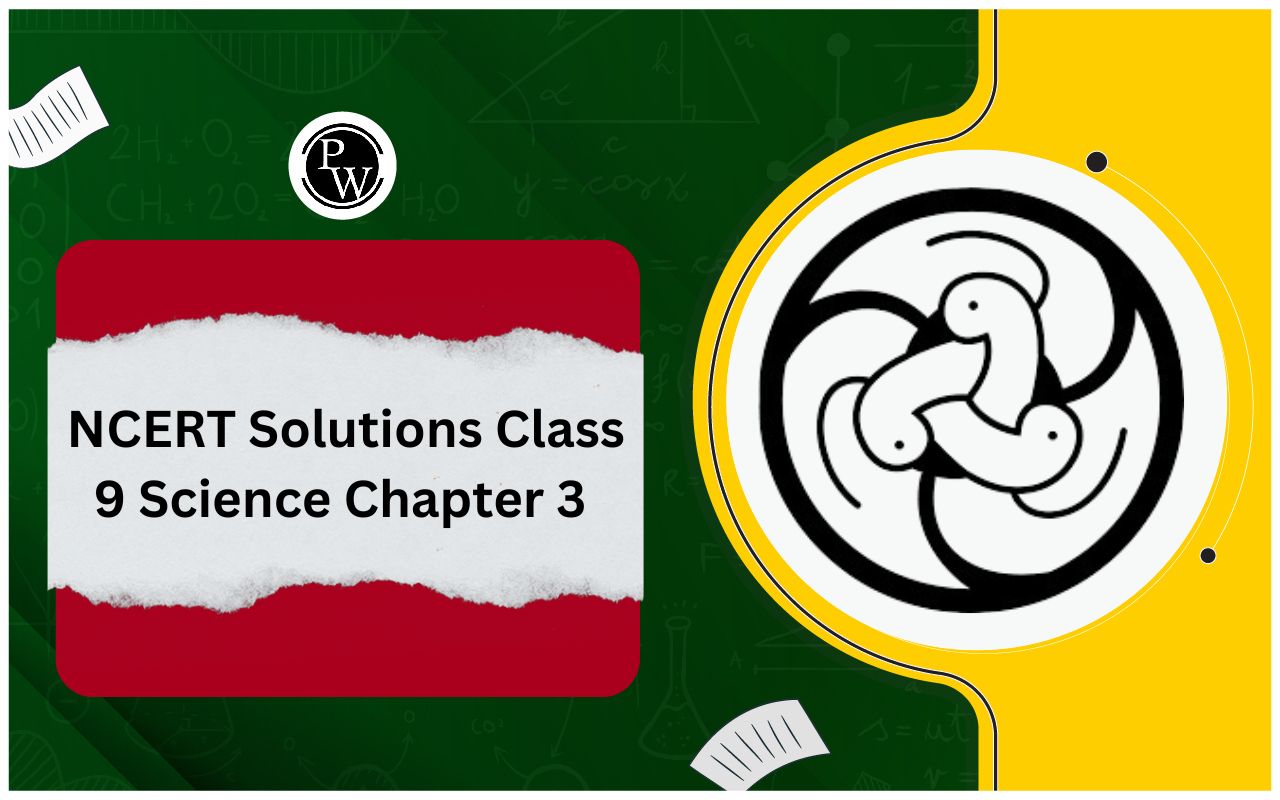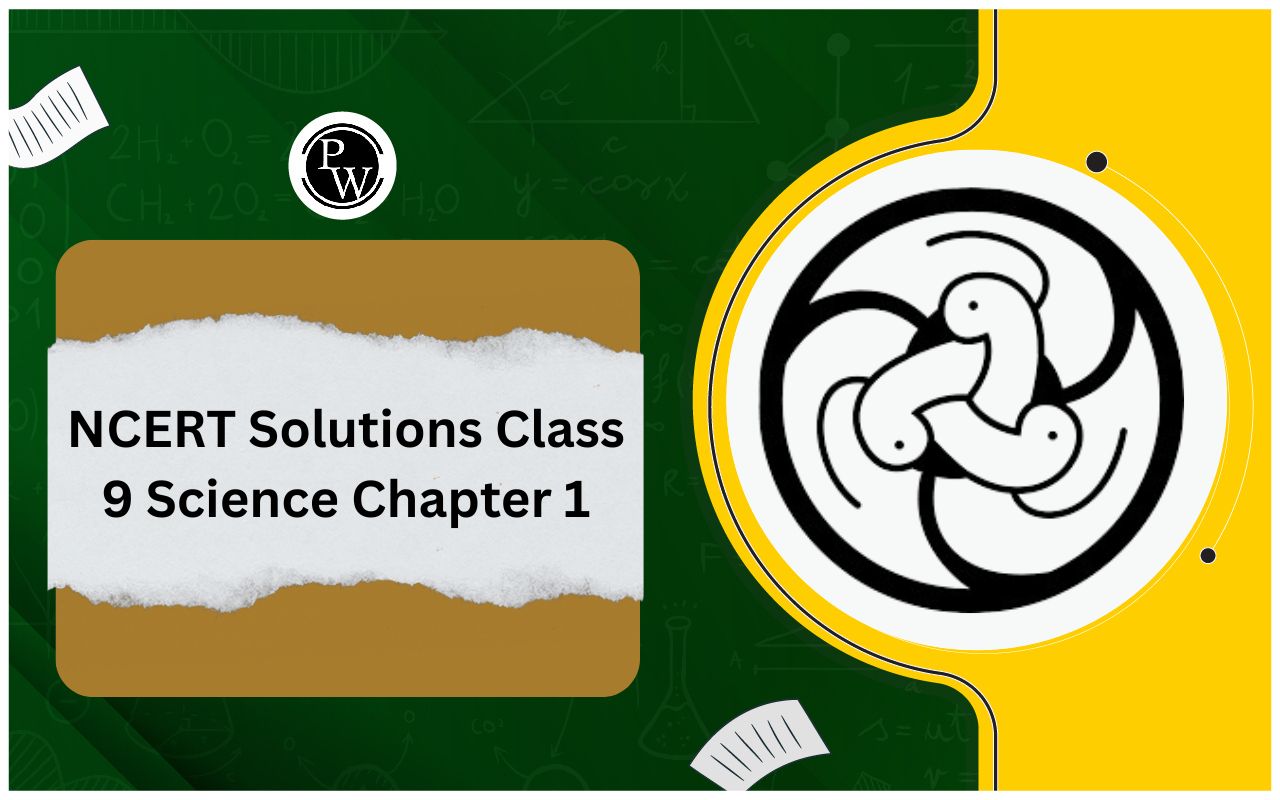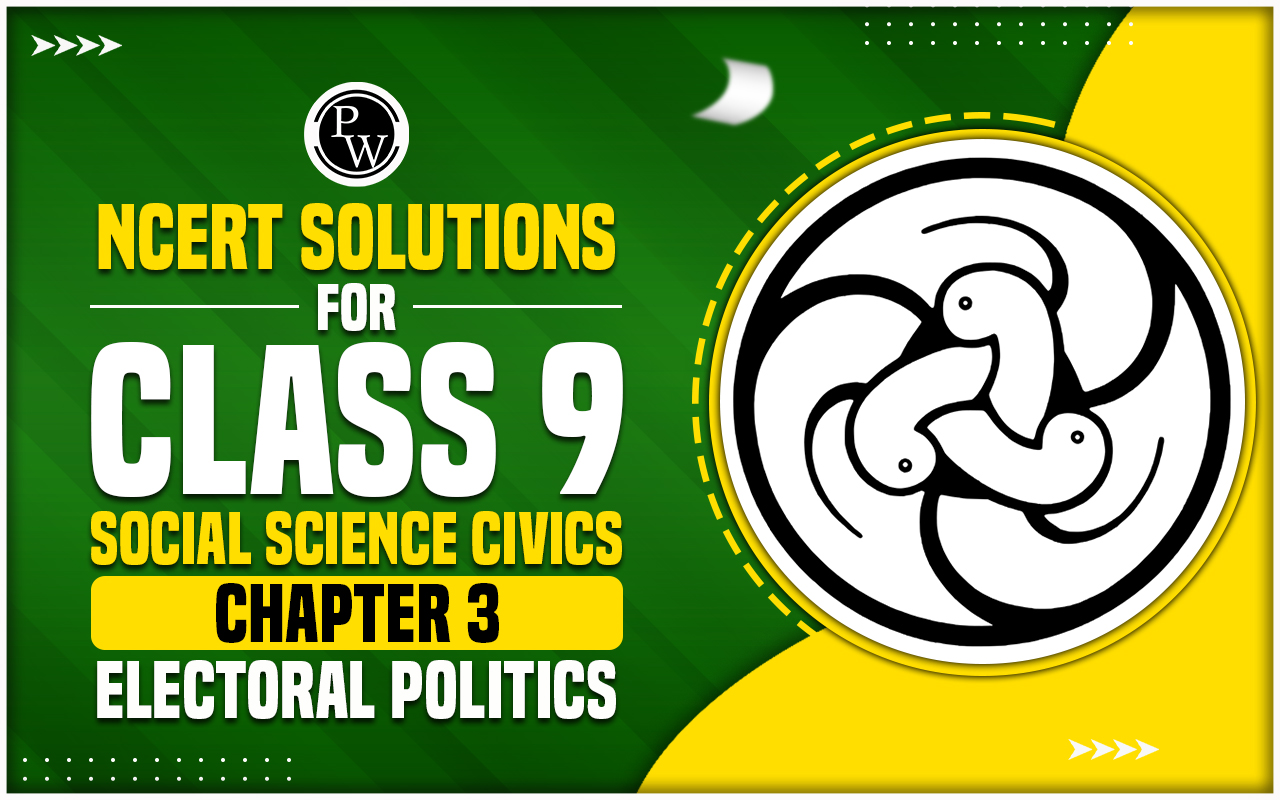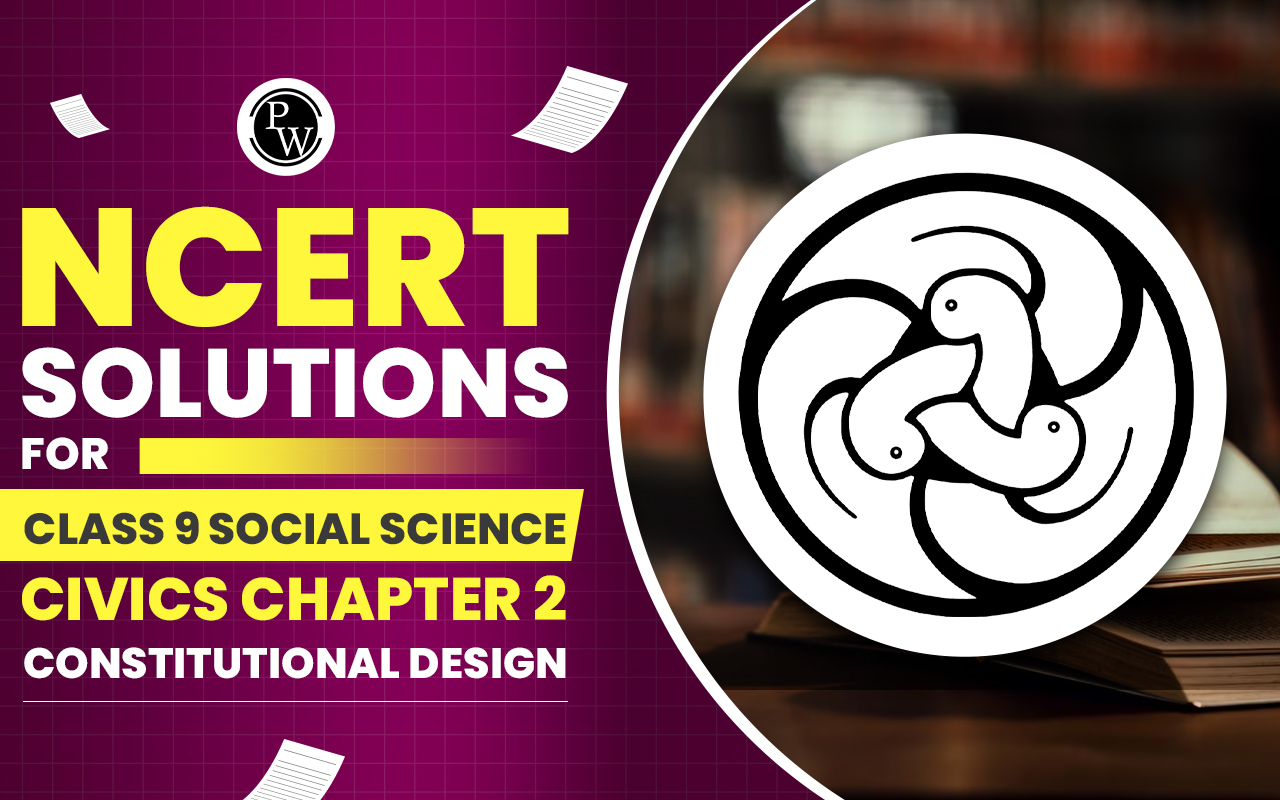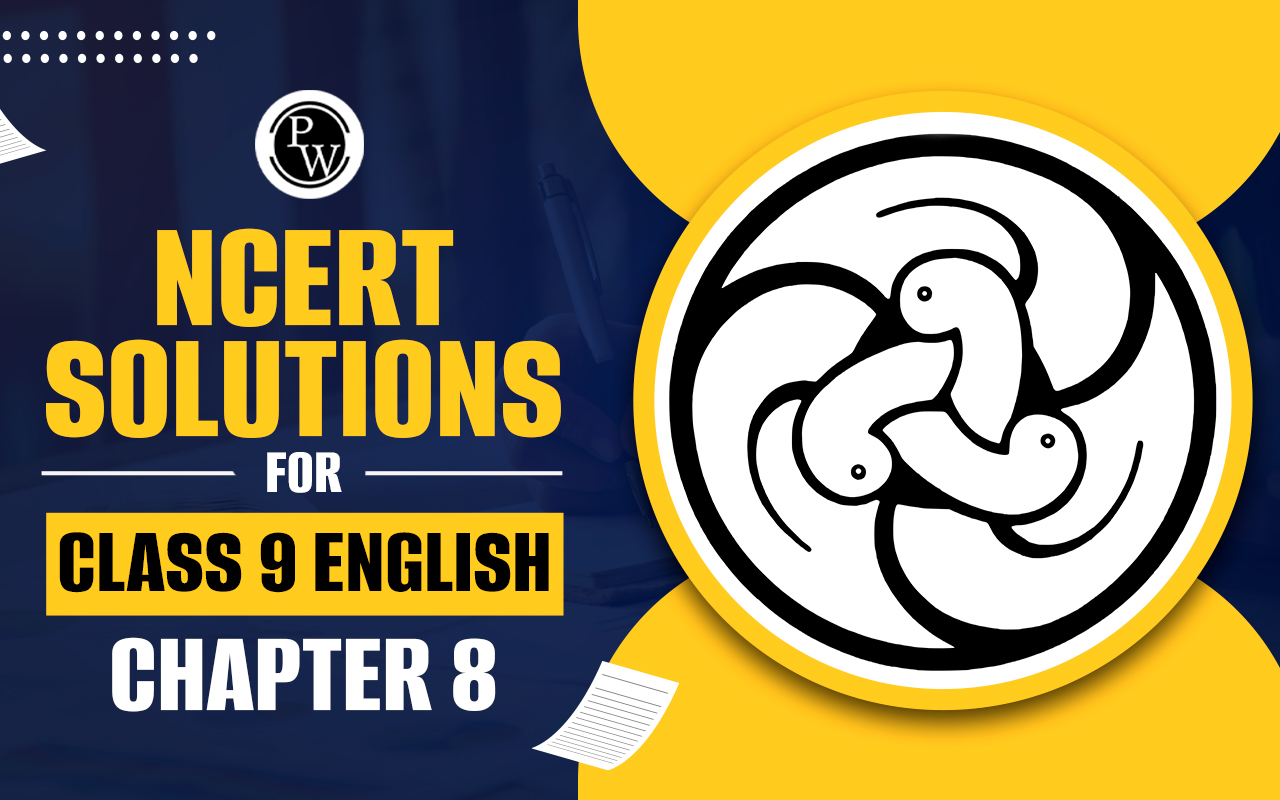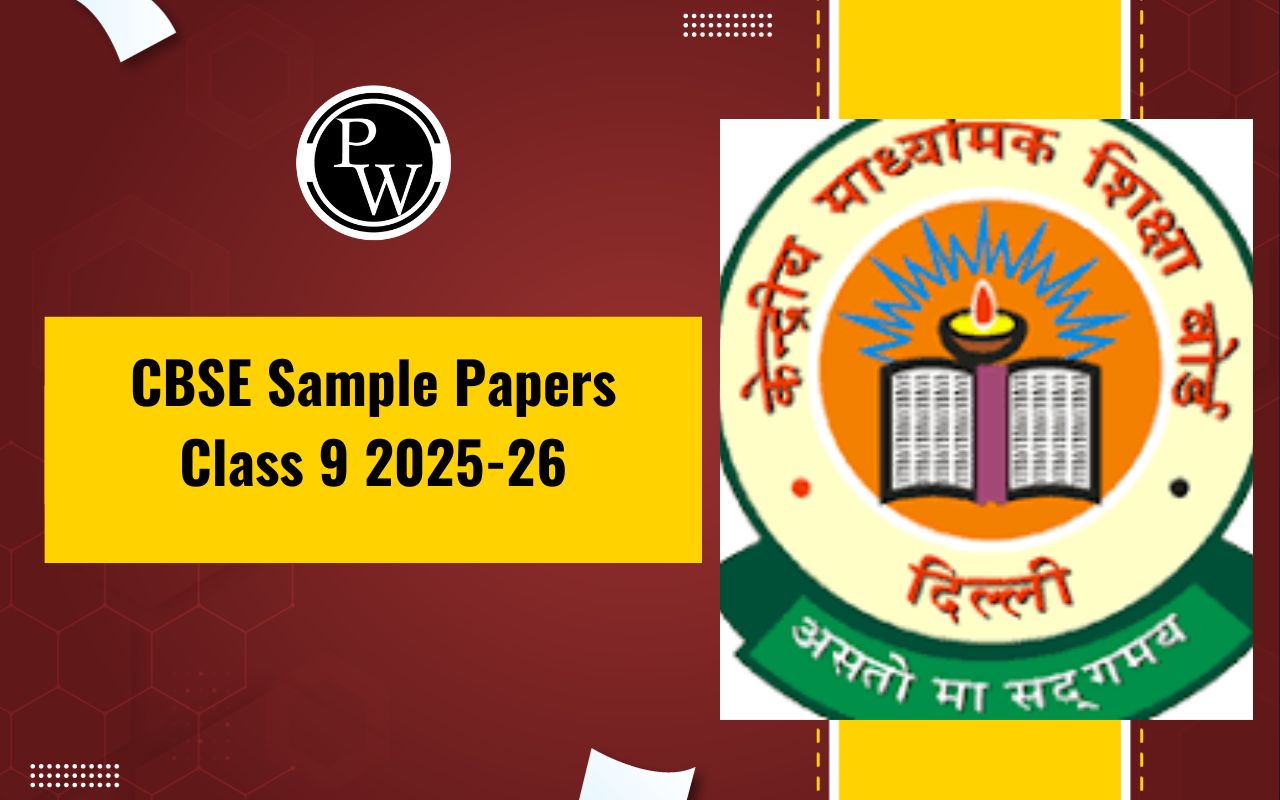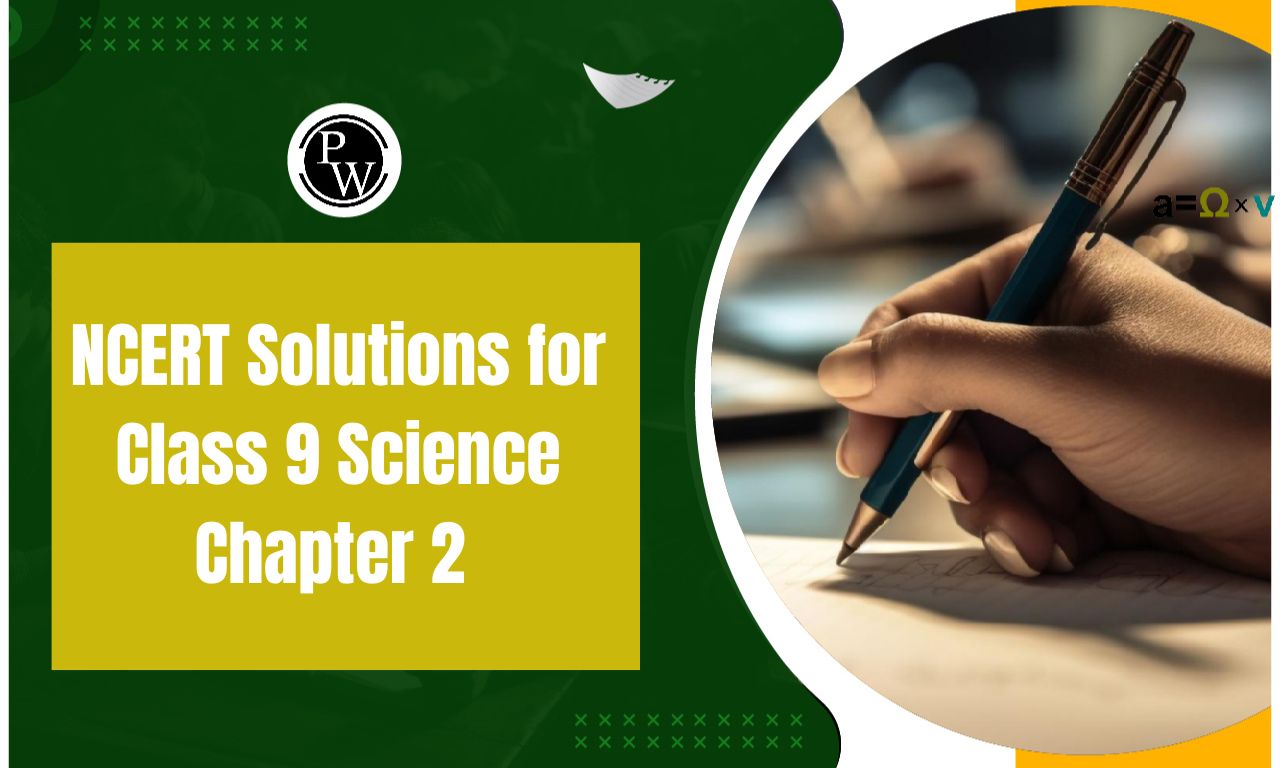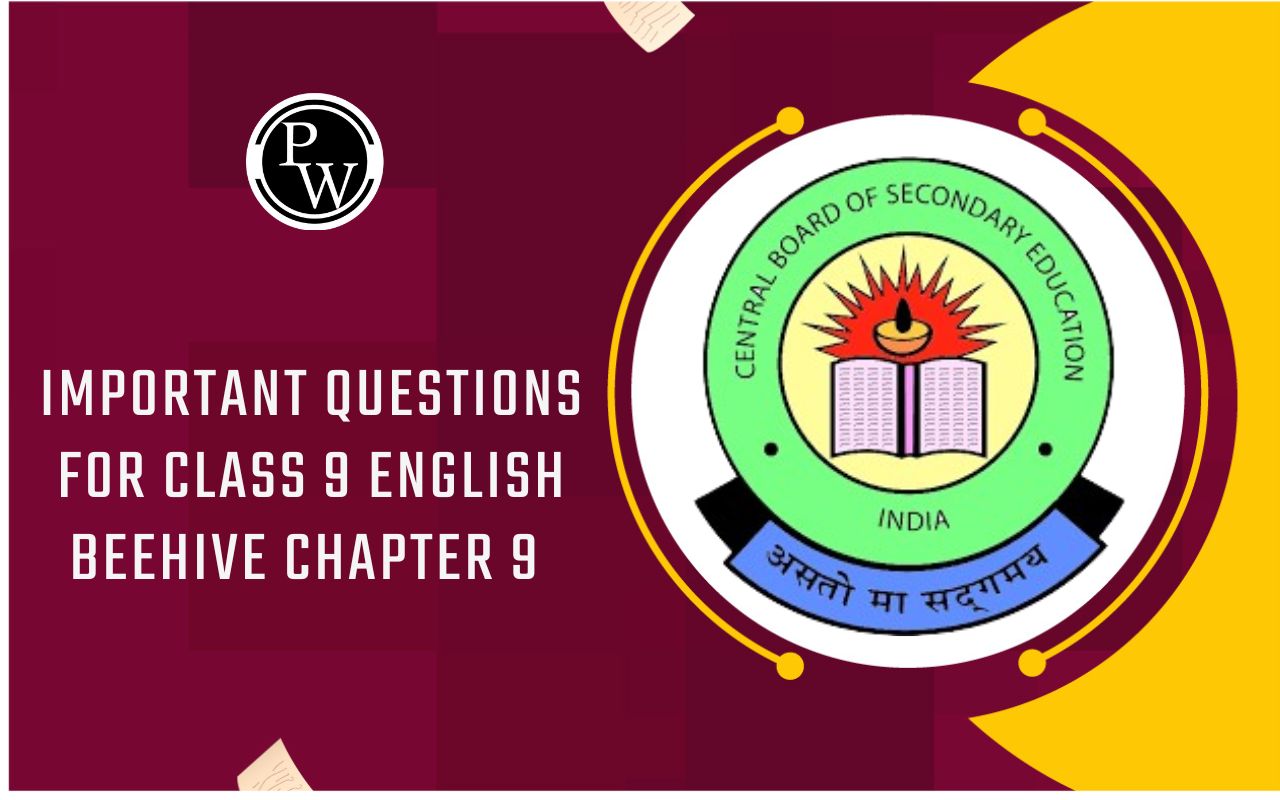
NCERT Solutions for Class 9 English Chapter 6
NCERT Solutions for Class 9 English Chapter 6: NCERT Solutions for Class 9 English Chapter 6, titled "My Childhood," are available on Physics Wallah for students to use as a helpful resource. These solutions have been created by a team of experts and are designed to assist students in understanding and solving the questions from the chapter.
These solutions serve as a valuable reference for understanding the chapter thoroughly. Before solving the questions, it is recommended to read the theory of Chapter 6, "My Childhood," to gain a comprehensive understanding of the content.NCERT Solutions for Class 9 English Chapter 6 My Childhood Overview
NCERT Solutions for Class 9 English Chapter 6 PDF
You can find the PDF links for NCERT Solutions Class 9 English Chapter 6 below. By referring to these solutions, students can enhance their comprehension and effectively tackle the questions provided in their English textbook.NCERT Solutions Class 9 English Chapter 6 PDF
NCERT Solutions for Class 9 English Chapter 6 My Childhood
NCERT Solutions for Class 9 English Chapter 6, titled "My Childhood," provide helpful answers to questions related to the chapter. These solutions are designed to assist students in understanding the content better. They provide detailed explanations and insights into the text, making it easier for students to comprehend. By using these solutions, students can improve their understanding of the chapter and prepare effectively for exams.Thinking about the Text
I. Answer these questions in one or two sentences each.
Question 1. Where was Abdul Kalam’s house?
Answer: Abdul Kalam's house was located in the island town of Rameswaram in Tamil Nadu.
Question 2. What do you think Dinamani is the name of? Give a reason for your answer.
Answer: Dinamani is likely the name of a Tamil newspaper. This assumption is based on the context provided in the text, where it is mentioned that Abdul Kalam's father bought three newspapers every day, and one of them was Dinamani. Typically, "Dinamani" is the name of a popular Tamil-language newspaper published in Tamil Nadu, India.
Question 3. Who were Abdul Kalam’s school friends? What did they later become?
Answer: Ramanadha Sastry, Aravindan, and Sivaprakasan were Abdul Kalam's school friends. Ramanadha Sastry succeeded his father as the priest of the Rameswaram temple. Aravindan ventured into the transportation business, organizing travel for pilgrims. Sivaprakasan pursued a career as a catering contractor with the Southern Railways.
Question 4. How did Abdul Kalam earn his first wages?
Answer: During the Second World War, the newspapers were bundled and thrown out of a moving train. Abdul Kalam earned his first wages by helping his cousin, who distributed newspapers in Rameswaram, to catch these bundles.
Question 5. Had he earned any money before that? In what way?
Answer: Yes, Abdul Kalam had earned some money before he started helping his cousin. When the Second World War broke out, there was a sudden demand for tamarind seeds in the market. He collected the seeds and sold them at a provision shop on Mosque Street. Usually, a day’s collection earned him one anna.
II. Answer each of these questions in a short paragraph (about 30 words)
Question 1. How does the author describe: (i) his father (ii) his mother (iii) himself?
Answer: (i) Kalam’s father, Jainulabdeen was not a wealthy or educated person. However, he was an honest and generous man, who possessed great innate wisdom. He was self-disciplined and avoided all inessential luxuries.
(ii) Kalam’s mother, Ashiamma was an ideal helpmate to her husband. She believed in goodness and profound kindness, and fed many people everyday. (iii) The author describes himself as a short boy with undistinguished looks, who had a secure childhood. He is an honest and self-disciplined person, who believes in goodness and deep kindness.Question 2. What characteristics does he say he inherited from his parents?
Answer: He says that he inherited self discipline and honesty from his father; and faith in goodness and deep kindness from his mother.
III. Discuss these questions in class with your teacher, and then write down your answers in two or three paragraphs each.
Question 1: “On the whole, the small society of Rameswaram was very rigid in terms of the segregation of different social groups,” says the author.
(i) Which social groups does he mention? Were these groups easily identifiable (for example, by the way they dressed)? (ii) Were they aware only of their differences or did they also naturally share friendships and experiences? (Think of the bedtime stories in Kalam’s house; of who his friends were; and of what used to take place in the pond near his house.) (iii) The author speaks both of people who were very aware of the differences among them and those who tried to bridge these differences. Can you identify such people in the text? (iv) Narrate two incidents that show how differences can be created, and also how they can be resolved. How can people change their attitudes?Answer:
(i) The author discusses social groups, particularly Hindus and Muslims. These groups were easily distinguishable based on their attire, traditions, and cultural practices. For instance, Kalam wore a cap, signifying his Muslim identity, while Ramanadha Sastry wore a sacred thread. (ii) Despite their differences, these groups also shared friendships and common experiences. Kalam's family, for instance, narrated stories from the Ramayana and the life of the Prophet, even though his friends were from orthodox Hindu families. During the Sita Rama Kalyanam Ceremony, Kalam's family would arrange special boats to carry idols of the Lord, indicating shared cultural traditions. (iii) The author speaks both of people who were very aware of the differences among them and those who tried to bridge these differences. Yes, we can identify such people in the text. The new school teacher and Sivasubramania Iyer’s wife were very aware of the differences among the social groups, but Sivasubramania Iyer and Lakshamana Sastry tried to bridge these differences. (iv) The first incident to show that how differences can be created is that when the new young teacher found a Muslim student sitting beside a Hindu student, he asked Kalam to sit in the last raw. His friend Ramanadha Sastry was heartbreaken. They informed their respective parents Lakshmana Sastry summoned the teacher and conveyed the strong sense of conviction which ultimately reformed him.The other incident shows that how differences can be resolved. The author’s science teacher, Sivasubramania Iyer, though an orthodox Brahmin with a very conservative tried to bridge these differences. People can change their attitudes by observing no difference in the way of Hindu’s and a Muslim’s eating of meals, drinking of water and cleaning of the floor.Question 2: (i) Why did Abdul Kalam want to leave Rameswaram?
(ii) What did his father say to this? (iii) What do you think his words mean? Why do you think he spoke those words?Answer:
(i) Abdul Kalam wanted to leave Rameswaram because he wanted to pursue his education and dreams in a bigger city where he could get better opportunities for learning and growth. (ii) Kalam’s father said that he knew that one day Kalam had to go away to grow. He gave him the analogy of a seagull that flies across the sun alone and without a nest. He then quoted Khalil Gibran to Kalam’s mother saying that her children were not their own children. They were the sons and daughters of Life’s longing for itself. They come through their parents, but not from them. They may give them their love, but not their thoughts as the children have their own thoughts. (iii) Abdul Kalam’s father’s words bear great meanings. First, he inspired his son to go ahead above giving the example of the seagull. Secondly, he explained Kalam’s mother to give his son opportunities to get higher education and to make progress. I think he spoke those words to encourage Abdul Kalam and to control the emotional attachment of his wife for Kalam.Related Links -
Thinking about Language
I. Find the sentences in the text where these words occur: Erupt, surge, trace, undistinguished, casualty Look these words up in a dictionary which gives examples of how they are used. Now answer the following questions.Answer: Sentences in the text where these words occur are:
Erupt: “For reasons I have never been able to understand, a sudden demand for tamarind seeds erupted in the market.” Surge: “Half a century later, I can still feel the surge of pride in earning my own money for the first time.” Trace: “My brother-in-law Jallaluddin would tell me stories about the War which I would later attempt to trace in the headlines in Dinamani.” Undistinguished: “I was one of many children — a short boy with rather undistinguished looks, born to tall and handsome parents.” Casualty: “The first casualty came in the form of the suspension of the train halt at Rameswaram station.”Question 1: What are the things that can erupt? Use examples to explain the various meanings of erupt. Now do the same for the word surge. What things can surge?
Answer: Things that can erupt are: volcanoes, emotions, anger.
– A volcano erupted in the Mauna Kea last night. – Ranjan’s anger erupted as a result of Ashima’s continuous nagging. Things that can surge are: prices, wave, crowd, storm, etc.Question 2: What are the meanings of the word trace and which of the meanings is closest to the word in the text?
Answer: The meanings of the word ‘trace’ are:
– to draw an outline – to copy – to find out The meaning that is closest to the word in the text is ‘finding out’.II.
Question 1. Match the phrases in Column A with their meanings in Column B.
| A | B |
| (i) broke out | (a) an attitude of kindness, a readiness to give freely |
| (ii) in accordance with | (b) was not able to tolerate |
| (iii) a helping hand | (c) began suddenly in a violent way |
| (iv) could not stomach | (d) assistance |
| (v) generosity of spirit | (e) persons with power to make decisions |
| (vi) figures of authority | (f) according to a particular rule, principle, or system |
Answer:
| A | B |
| (i) broke out | (c) began suddenly in a violent way |
| (ii) in accordance with | (f) according to a particular rule, principle, or system |
| (iii) a helping hand | (d) assistance |
| (iv) could not stomach | (b) was not able to tolerate |
| (v) generosity of spirit | (a) an attitude of kindness, a readiness to give freely |
| (vi) figures of authority | (e) persons with power to make decisions |
Question 2: Study the words in italics in the sentences below. They are formed by prefixing un – or in – to their antonyms (words opposite in meaning).
• I was a short boy with rather undistinguished looks. (un + distinguished) • My austere father used to avoid all inessential comforts.(in + essential) • The area was completely unaffected by the war.(un + affected) • He should not spread the poison of social inequality and communal intolerance . (in + equality, in + tolerance) Now form the opposites of the words below by prefixing un- or in-. The prefix in-can also have the forms il-, ir-, or im- (for example: illiterate –il + literate, impractical –im + practical, irrational –ir + rational). You may consult a dictionary if you wish.| __adequate | __acceptable | __regular | __tolerant |
| __demanding | __active | __true | __permanent |
| __patriotic | __disputed | __accessible | __coherent |
| __logical | __legal | __responsible | __possible |
Answer:
| inadequate | unacceptable | irregular | intolerant |
| undemanding | inactive | untrue | impermanent |
| unpatriotic | undisputed | inaccessible | incoherent |
| illogical | illegal | irresponsible | impossible |
III. Passive Voice
Study these sentences: • My parents were regarded as an ideal couple. • I was asked to go and sit on the back bench. • Such problems have to be confronted . The italicised verbs in these sentences are made up of a form of the verb be and a past participle. (For example: were + regarded, was + asked, be + confronted) These sentences focus on what happens, rather than who does what. Notice that the doer of the action is not included in the sentences. If necessary, we can mention the doer of the action in a by-phrase. For example: • The tree was struck by lightning . • The flag was unfurled by the Chief Guest .IV. Rewrite the sentences below, changing the verbs in brackets into the passive form.
1. In yesterday’s competition the prizes (give away) by the Principal. 2. In spite of financial difficulties, the labourers (pay) on time. 3. On Republic Day, vehicles (not allow) beyond this point. 4. Second-hand books (buy and sell) on the pavement every Saturday. 5. Elections to the Lok Sabha (hold) every five years. 6. Our National Anthem (compose) Rabindranath Tagore.Answer:
1. In yesterday’s competition the prizes were given away by the Principal. 2. In spite of financial difficulties, the labourers were paid on time. 3. On Republic Day, vehicles were not allowed beyond this point. 4. Second-hand books were bought and sold on the pavement every Saturday. 5. Elections to the Lok Sabha are held every five years. 6. Our National Anthem was composed by Rabindranath Tagore.NCERT Solutions for Class 9 English Chapter 6 FAQs
Who were Abdul Kalam's school friends?
What professions did Abdul Kalam's school friends pursue?
What social groups are mentioned in the chapter?
Can you identify individuals in the text who were aware of social differences and those who tried to bridge them? If so, who are they?

